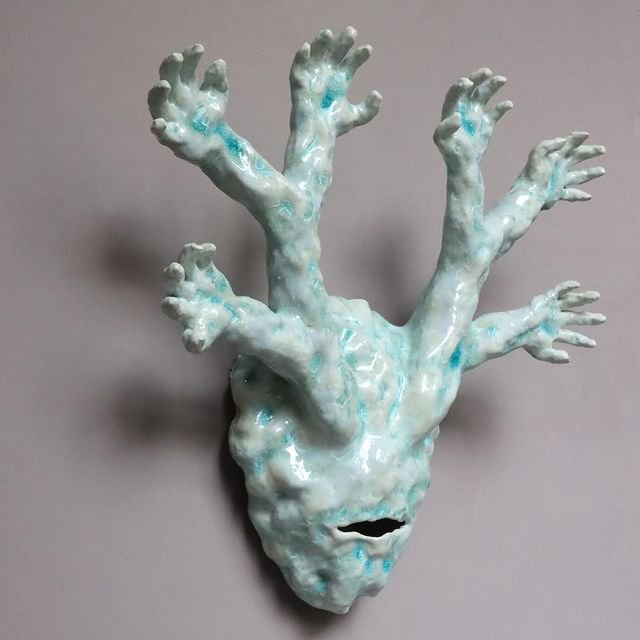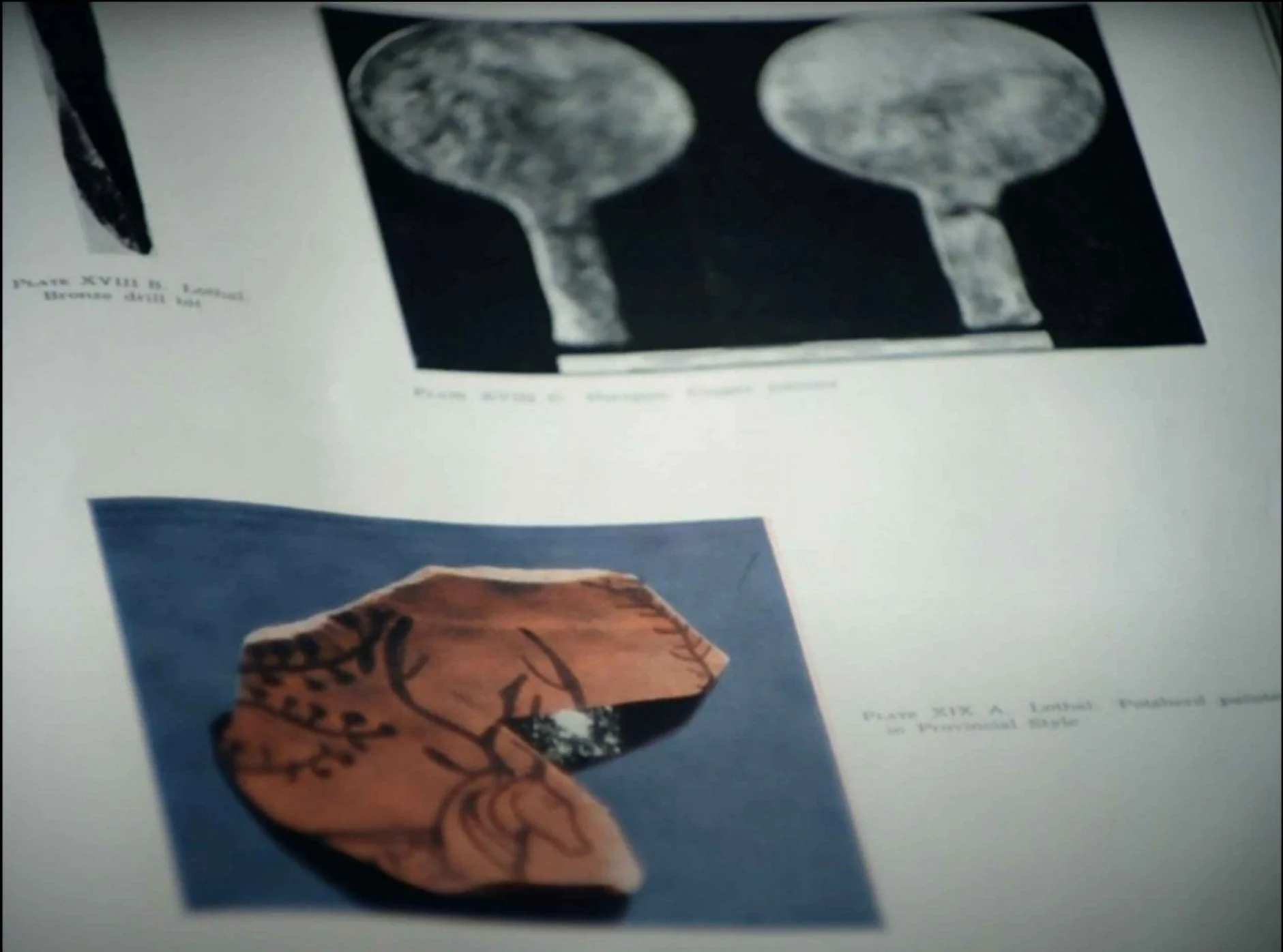William Cobbing
William Cobbing is an artist bringing physical and neural sensations to life through clay, enhancing the capacity of human endurance within a suffocating environment. In an interview with him, we enquire about how William found himself doing what he does and his process of artistic explorations.
How and when did you realise art was what you were made for? Let’s talk about a few of the major influences and inspirations for your works.
I always enjoyed art at school, but the year afterwards on the Foundation course at Central Saint Martins College in London, was when I knew that I wanted to be an artist. I was so enthusiastic that I used to get there before it opened in the morning and jump over the fence into the sculpture yard. There are too many artists whose work I’ve been influenced by, but let’s start with Franz West, Philip Guston, Huma Bhabha, Jan Švankmajer, Brian Catling and Nicole Eisenman’s sculptures…
What made you settle down with clay and ceramics as a medium? Please describe your very first moments of exploration with it.
My mum had a pottery at home, and so as a kid, I used to play with this pliable material and make little sculptures. I even made a ceramic version of my hand, so my engagement of shaping and forming by hand started early! It was only when I was at de Ateliers artist institute in Amsterdam that I started to combine clay and performance, making my first clay head video ‘Eating my Teeth’, which was then exhibited at ‘A Secret History of Clay’ at TATE, Liverpool. I honestly wasn’t sure about the video at first, it felt so alien and strange, unlike anything I’d made before. But after a while I realised it was a pivotal moment, shifting my perception of what was possible.
With the idea of creation and destruction with absurd stress, what message or feelings do you want the viewers to experience? What are your intentions for the audience?
It’s about physical engagement in slimy and gloopy material, covering my head with it, creating a sense of suffocation, turning the body into a kind of visceral mound of slapstick energy, and also inhibiting sight so more attention is given to touch. It’s about the contradictory psychological effects of the material, how it moves between attraction and repulsion, humour and fear. There’s also an ASMR type of sound from squidging clay, which is quite seductive and strangely calming.
Regarding your current exhibition ‘Human Conditions of Clay’ at Chapter Arts in Wales, featuring the video ‘Long Distance’, how did you come up with the idea for this work?
It’s literally an extension of my video ‘The Kiss’ but instead of the figures locked closely in an uncomfortable clay embrace, the limb-like connection is extended so that they’re now much further apart, conjoined but also alienated and separate. I made the work in 2018, and so it now seems prescient of the pandemic as they’re keeping the two metres of social distancing from each other.
What is your philosophy for life, how did Covid impact your approach to it and what do you dislike the most about the world we live in currently?
Covid for sure impacted my work and philosophy. Back in March 2020 when everything closed down, I fell into a new studio routine out of necessity, one in which I started working in a more isolated yet focused way. Rather than have a shoot with a camera operator and performers around, I just had myself, a camera and clay, and made the ‘Will.Je.suis’ video, which developed into a series, subtly reflecting life outside my studio window; the wearing of masks, communication over Zoom, a kind of paranoid sense of self. The videos felt like a reaction to the way our faces were digitalised on phone screens, I wanted them to feel cathartic as if defiantly shoving a lump of wet clay onto my iPhone screen. As for what I most dislike about the world now, I hate the rise of the far-right in the UK and globally, and sometimes have that creeping feeling of ‘all my idols are dead and my enemies are in power. Art provides a sense of common ground and community to take shelter from and confront this.
Let’s get into a very pivotal moment for artists, the emergence of NFTs. Please comment on the technological and digital advancement that is currently going on. Whose NFT work are you most interested in?
A year ago I barely understood what an NFT was! So I’ve been catching up and discovered several new artists whose work I truly like, and there’s an exciting sense of exploration and possibility beyond the conventional art world. For me and other artists who work with performance, such as @janerichsen and @davidhenrynobodyjr, it also provides a forum to sell our works that had already gained recognition on Instagram and Twitter. There’s a healthy sense of NFTs disrupting the art scene, and creating a more democratic way for artists to have more influence.
Current Exhibitions
CHAPTER, Cardiff
15 October 2021 - 13 February 2022
Pio Abad, Jonathan Baldock, Oliver Beer, William Cobbing, Shawanda Corbett, Nathalie Djurberg & Hans Berg, Ryan Gander, Antony Gormley, Nancy Herbert, Lubaina Himid, Rachel Kneebone, Lindsey Mendick, Zoë Paul, Tal R, Renee So, Francis Upritchard and Ai Weiwei. Curated by Deborah Smith
Galerie Lethert, Cologne
19 November 2021 - 29 January 2022
Gereon Krebber, Pius Fox, William Cobbing.
interview JAGRATI MAHAVER
What to read next












